When you’ve previously ordered a product that was printed via lithography, have you ever wanted to know how lithographic printing works? What it is and its origins? Here at Reflex Print Store understand your customers want to understand more about what we do; so here is a quick overview of our service, lithographic printing, so you can explain the process to your customers.
Lithography comes from the Greek words, ‘Lithos’ meaning ‘stone and Graphein’ meaning ‘to write’. Back then the stones would have been carved and used like a stencil.
This technique would now be called ‘offset lithography’ printing, and has moved on a little since those early days.
In simple terms, your images or text are etched by a laser on to an aluminium plate which has a coating on it. This plate is then put on to the printing press which is made up of lots of rollers that the material goes through. The plate is inked up and transferred to a rubber blanket. When used in combination with the lithographic process, which is based on the repulsion of oil and water, the offset technique employs a flat (planographic) image carrier on which the image to be printed obtains ink from ink rollers; while the non-printing area attracts a water-based film (called "fountain solution"), keeping the non-printing areas ink-free.
Our Litho press has 6 printing units, meaning we can run up to 6 Spot colours at once; this can be a great advantage if corporate colours are needed. You will need to specify if you require special colours for lithographic printing as all our prices are quoted 4col process. Most jobs are still run in 4 colour process CMYK, which is made up of C (Cyan), M (Magenta), Y (Yellow) and K (Black); the image is split in to these primary colours and prints as a set of patterns or percentages of each colour to make up the desired image, for a simple example, if you print 100% Yellow and 100% Magenta you will get Red.
Our press features a fully inter-decked UV curing system between units for whites, allows us to run 4 colour jobs plus white in just one pass, which is needed for clear materials.
Advantages & Disadvantages of Lithographic Printing
The lithographic printing process is suitable for medium to long runs; it can run 10,000 + sheets per hour so if a higher quantity is required this process would be a better option than digital printing. As the quantity raises, the unit cost goes down.
The process of creating an image through a printing plate means very high resolutions can be achieved which gives a very high quality print. Digital quality is improving but there will always be a price break when the quantities rise.
On the litho press we can remove the inks from any unit and mix specific colours to match exactly to customer's specifications.
Disadvantages are that it takes a lot of waste material to run a job on the litho press. It is a much more skilled job to get all the weights of ink correct and to get the material feeding correctly, and when running at these high speeds you waste material getting the job to look correct.
You are also stuck with what is on each sheet, if personalisation is needed you would have to create new plates and set up (making ready for each option which will be very expensive, and would be better to digitally print depending on the amount needed).
Contact Us for Lithographic Printing
If you are looking for our lithographic printing services, including stickers, mouse mats, menus and more, then do feel free to contact us.
Please use the details below.


